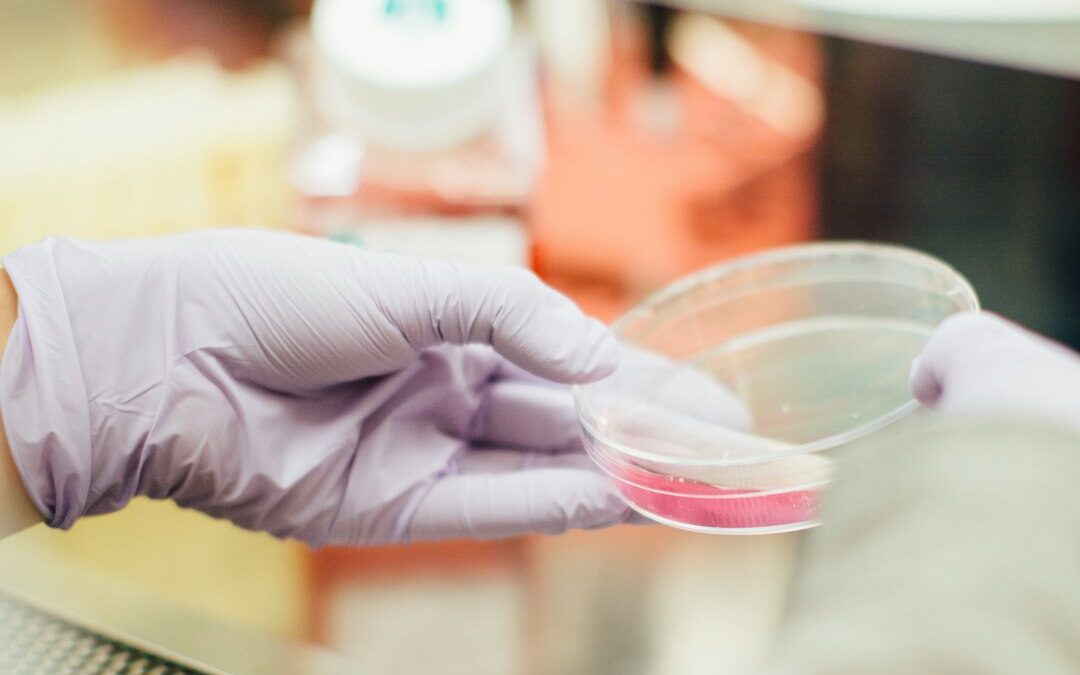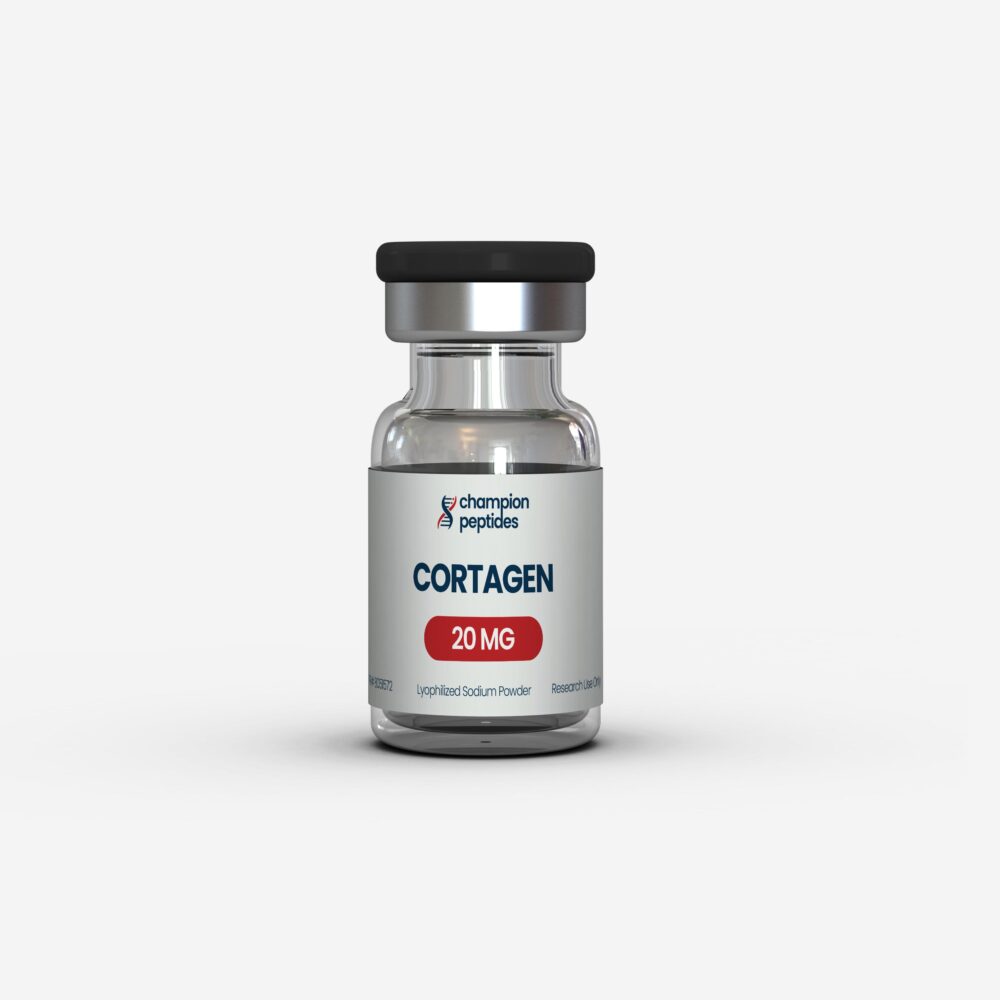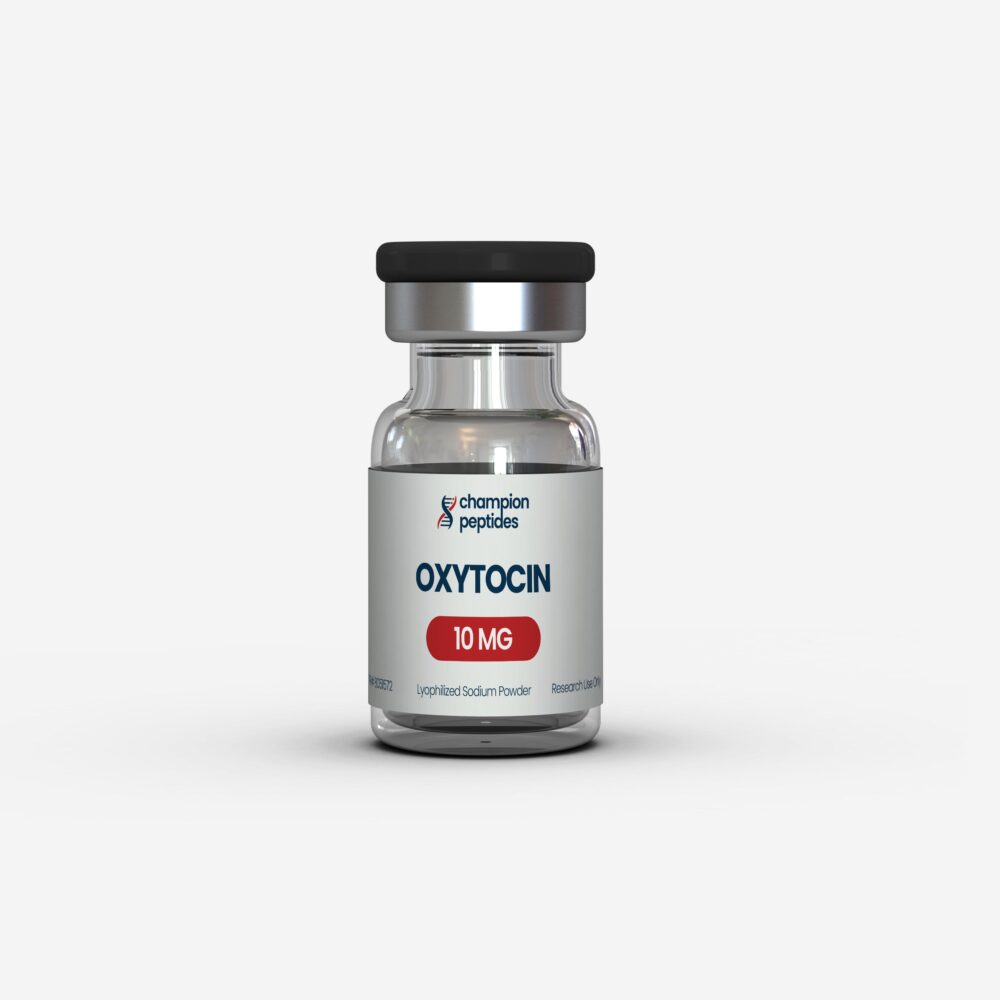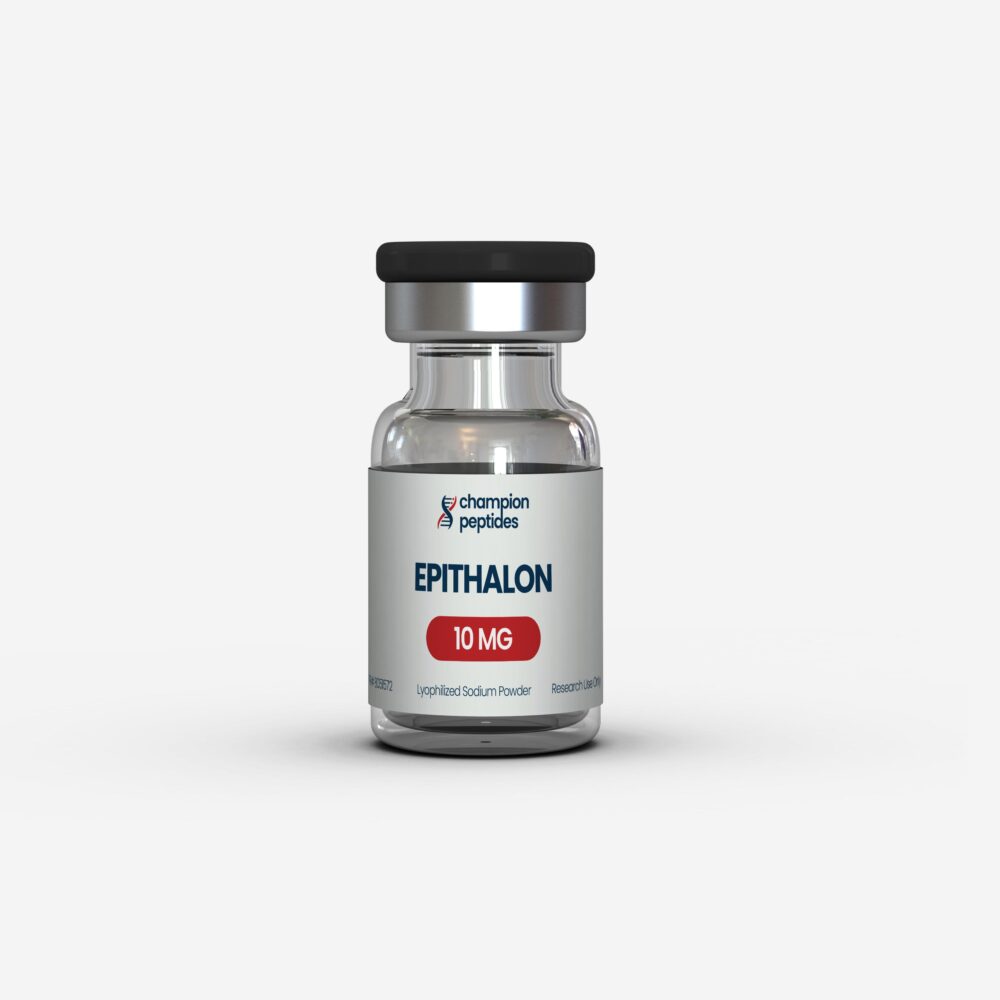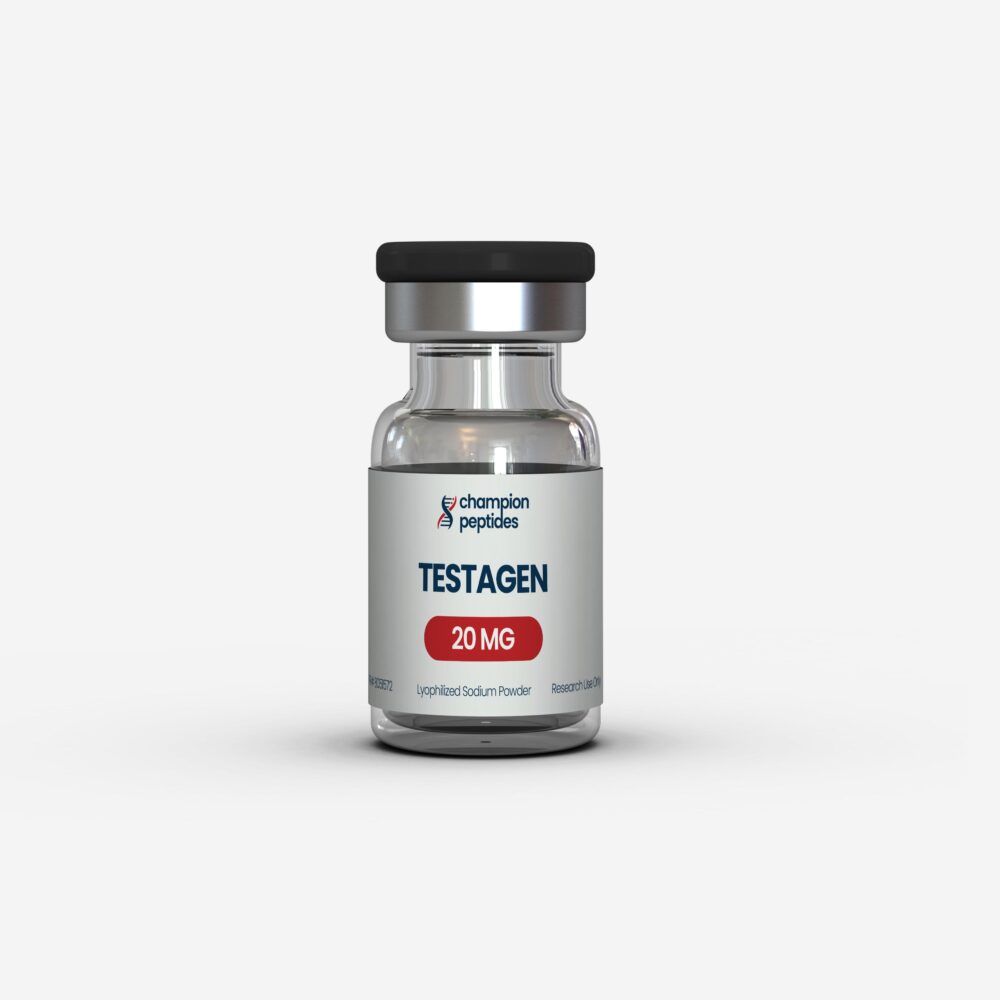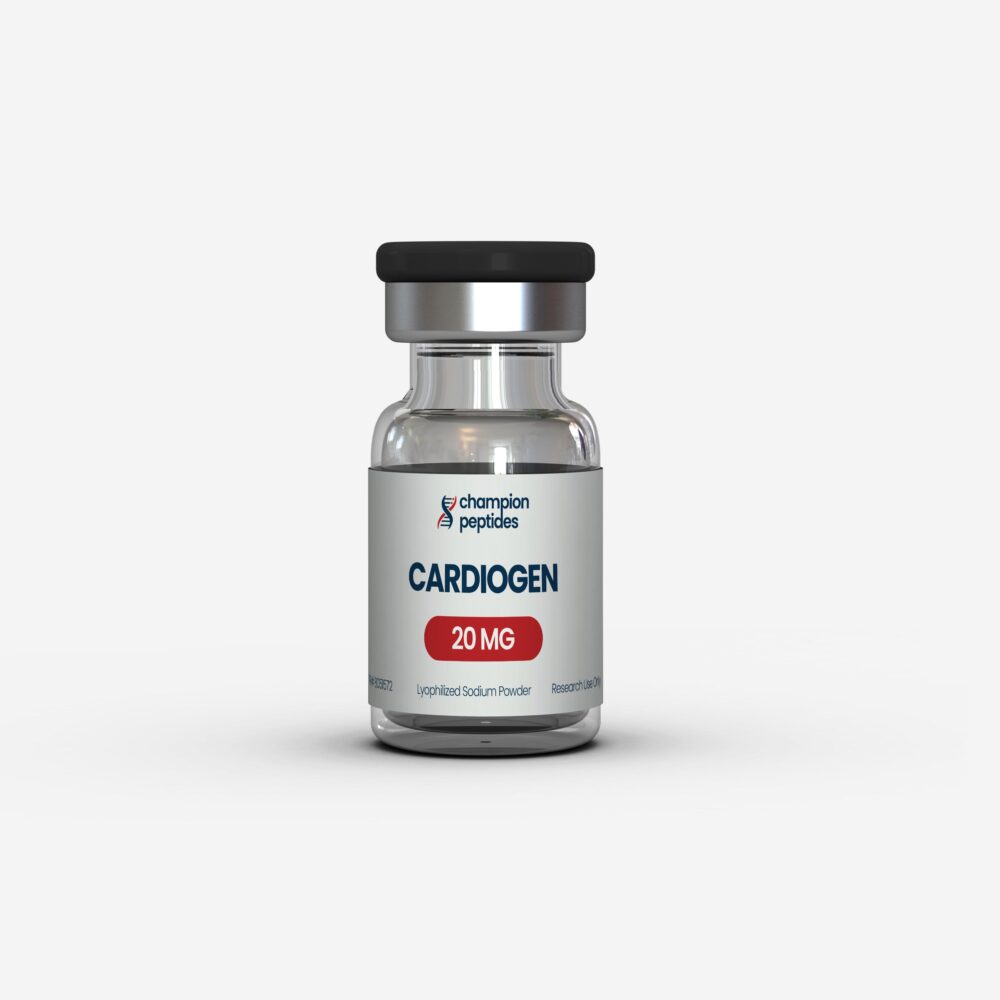- LL-37 demonstrates potent antimicrobial activity against fungi with 99.91% inhibition rates in 2025 studies
- Human cathelicidin LL-37 promotes LDL cholesterol clearance and prevents hepatic lipid accumulation
- Recent research confirms LL-37’s role in modulating amyloid-β dynamics for neuroprotection
- Clinical studies show significant anti-inflammatory effects in rosacea and sepsis treatment
- Laboratory protocols demonstrate enhanced biofilm dispersal and wound healing acceleration
Contents
Scientific Overview and Mechanisms
LL-37 peptide represents the only human cathelicidin antimicrobial peptide, derived from the C-terminal region of the human cathelicidin antibacterial protein (hCAP18). This 37-amino acid peptide serves as a critical component of the innate immune system, demonstrating remarkable versatility in antimicrobial, immunomodulatory, and tissue repair functions. Research has consistently shown that LL-37 operates through multiple mechanisms, including direct pathogen elimination, immune system modulation, and promotion of healing processes.
The peptide’s amphiphilic structure enables it to interact with both lipid membranes and aqueous environments, facilitating its diverse biological activities. Recent investigations have revealed that LL-37 functions not merely as an antimicrobial agent but as a sophisticated regulator of cellular processes. Champion Peptides has compiled extensive research data demonstrating the compound’s potential across numerous therapeutic applications, from infection control to metabolic regulation.
Laboratory studies indicate that LL-37 exerts its antimicrobial effects through membrane disruption, while its immunomodulatory properties involve complex interactions with various cell types, including neutrophils, macrophages, and epithelial cells. The peptide’s ability to enhance BDNF expression and regulate neurotransmitter systems has positioned it as a subject of intense research interest in neuroscience applications.
Current research focuses on understanding how structural modifications to LL-37 can enhance its therapeutic potential while minimizing cytotoxic effects. These investigations have led to the development of truncated fragments and synthetic analogs that preserve biological activity while demonstrating improved stability and reduced toxicity profiles.
LL-37 Research Dosage Protocols
Laboratory research protocols for LL-37 peptide applications vary significantly based on experimental objectives and study populations. Recent clinical investigations have established standardized dosing frameworks that provide valuable insights for researchers working with this antimicrobial compound. Understanding these protocols is essential for proper experimental design and reproducible results.
| Application Type | Dosage Range | Administration Route | Study Population | Research Outcomes |
|---|---|---|---|---|
| Antimicrobial Studies | 0.5-50 μg/mL | In vitro application | Pathogen cultures | 99.91% inhibition rates |
| Wound Healing Research | 1-10 μM topical | Direct application | Cell culture models | Enhanced migration rates |
| Neuroprotection Studies | 5-25 μM | Cell culture medium | Neuronal cultures | Reduced Aβ aggregation |
| Immunomodulation Research | 1-20 μg/mL | Cell treatment | Immune cell cultures | Cytokine regulation |
| Metabolic Function Studies | 10-100 nM | Systemic administration | Animal models | Cholesterol clearance |
Research protocols demonstrate that LL-37 peptide dosage optimization depends heavily on the specific biological endpoint being investigated. Laboratory-grade LL-37 preparations require careful concentration adjustments to achieve optimal research outcomes while maintaining experimental validity.
Recent studies by Fang et al. (2025) established that concentrations between 10-100 nM effectively promote LDL cholesterol clearance without inducing cellular toxicity. Similarly, antimicrobial research applications typically employ concentrations ranging from 0.5-50 μg/mL, with higher concentrations reserved for resistant pathogen strains. These dosing parameters have been validated across multiple research institutions and provide reliable frameworks for experimental design.
Laboratory investigators should note that LL-37 peptide stability varies with storage conditions and preparation methods. Research protocols consistently recommend reconstitution in sterile water or appropriate buffer systems, with immediate use or proper storage at -20°C for extended periods. Quality control measures include peptide purity verification and biological activity confirmation before experimental application.
Clinical Research Evidence
Recent Studies (2024-2025)
The latest research on LL-37 peptide has revealed groundbreaking insights into its therapeutic potential across multiple clinical applications. Fang and colleagues (2025) published pivotal research demonstrating that cathelicidin LL-37 forms complexes with low-density lipoprotein through apolipoprotein B-100 domains, significantly enhancing cholesterol clearance and preventing hepatic lipid accumulation. This study, published in Science China Life Sciences (PMID: 40971038), represents a major advancement in understanding LL-37’s metabolic functions.
Antimicrobial research has achieved remarkable progress, with Bicer et al. (2025) reporting that 3D-cultured palatal mesenchymal stem cells expressing LL-37 achieved 99.75% and 99.91% inhibition rates against Candida albicans strains at 500 CFU inocula (PMID: 40973026). These findings establish new benchmarks for antifungal efficacy and demonstrate the peptide’s potential in treating life-threatening fungal infections.
Neurological applications have gained significant attention following Wang et al.’s research on LL-37 fragments and their ability to modulate amyloid-β dynamics (PMID: 40916348). The study revealed that specific peptide fragments can prevent toxic aggregate formation while promoting beneficial oligomerization patterns, offering new therapeutic avenues for neurodegenerative diseases.
Mańkowska and colleagues (2025) provided comprehensive analysis of LL-37’s role in sepsis pathogenesis, treatment, and diagnosis, published in Archivum Immunologiae et Therapiae Experimentalis (PMID: 40960088). Their research demonstrates that LL-37 administration in animal models significantly increases survival rates, highlighting the peptide’s potential as a sepsis therapeutic agent.
Dermatological research applications have shown remarkable promise, with Zhou et al. demonstrating that LL-37-induced rosacea models can be effectively treated using targeted anti-inflammatory approaches (PMID: 40907036). The study revealed significant reductions in epidermal thickness, inflammatory cell infiltration, and pro-inflammatory markers when therapeutic interventions were applied.
Li and colleagues (2025) investigated the antiphotoaging potential of human cathelicidin LL-37 fragments, publishing their findings in ACS Omega (PMID: 40893218). Their research demonstrated that these peptides exhibit anti-inflammatory and antioxidant properties while promoting cell migration and collagen synthesis, establishing LL-37’s role in skin health and aging prevention.
LL-37 Benefits Analysis
Laboratory investigations have identified numerous beneficial effects of LL-37 peptide across diverse biological systems. The compound’s antimicrobial properties extend beyond simple pathogen elimination to include sophisticated immune system modulation and tissue repair enhancement. Recent research has validated many traditionally observed benefits while uncovering new therapeutic applications.
Antimicrobial benefits represent the most extensively studied aspect of LL-37 research. Studies demonstrate broad-spectrum activity against bacteria, fungi, and viruses, with particular efficacy against biofilm-forming pathogens. Satala et al. (2025) confirmed that LL-37 effectively degrades key antimicrobial peptides produced by pathogenic fungi, disrupting their defense mechanisms (PMID: 40890180).
Wound healing acceleration has emerged as a significant research focus, with multiple studies confirming LL-37’s ability to promote cellular migration, angiogenesis, and tissue regeneration. Tissue repair research indicates that LL-37 enhances various healing phases, from initial inflammatory responses to final tissue remodeling.
Neuroprotective benefits have gained increasing attention following research demonstrating LL-37’s ability to modulate neurotransmitter systems and promote neuroplasticity. Studies show enhanced BDNF expression, improved synaptic function, and protection against neurodegenerative processes. These findings position LL-37 as a potential therapeutic agent for various neurological conditions.
Immunomodulatory effects represent another crucial benefit category, with research showing that LL-37 can both enhance and regulate immune responses depending on physiological context. The peptide promotes beneficial immune activation while preventing excessive inflammatory responses that could lead to tissue damage.
Research Community Perspectives
The scientific research community has shown increasing interest in LL-37 peptide applications, with particular focus on its potential for addressing treatment-resistant infections and complex inflammatory conditions. Research interest indicators suggest growing recognition of the peptide’s therapeutic versatility and safety profile compared to conventional antimicrobial agents.
Investigators frequently discuss LL-37’s unique position as the only human cathelicidin, which may contribute to its excellent biocompatibility and reduced likelihood of resistance development. Research communities studying neuropeptides often reference LL-37 as a model compound for understanding antimicrobial peptide functions in neural tissues.
Clinical researchers express particular interest in LL-37’s immunomodulatory properties, noting its potential for treating conditions where conventional therapies provide limited effectiveness. The peptide’s ability to function across multiple biological systems makes it an attractive subject for interdisciplinary research collaborations.
Laboratory investigators consistently emphasize the importance of proper handling and storage protocols for LL-37 research applications. Community discussions frequently address optimal preparation methods, stability considerations, and quality control measures necessary for reproducible experimental results.
Laboratory Applications and Research Access
LL-37 peptide applications in laboratory research encompass a broad range of experimental protocols designed to investigate antimicrobial, immunomodulatory, and therapeutic properties. Research institutions worldwide utilize standardized methodologies for studying this cathelicidin peptide, with protocols optimized for specific research objectives and experimental conditions.
Antimicrobial research protocols typically involve minimum inhibitory concentration (MIC) determinations, biofilm disruption assays, and time-kill studies. Pennone et al. (2025) developed innovative silk fibroin-based delivery systems for LL-37-derived peptides, demonstrating enhanced antimicrobial performance against methicillin-resistant Staphylococcus epidermidis (PMID: 40869096). These applications require precise peptide concentrations and controlled environmental conditions for optimal results.
Neuroprotection research applications focus on cellular viability assays, neurotransmitter modulation studies, and synaptic plasticity investigations. Researchers studying cognitive enhancement peptides often compare LL-37’s neuroprotective mechanisms with other bioactive compounds to understand optimal therapeutic approaches.
Laboratory access to LL-37 peptide requires adherence to research use only guidelines and proper institutional oversight. Research applications must maintain appropriate documentation, storage conditions, and handling protocols to ensure experimental validity and safety compliance. Investigators should verify peptide purity and biological activity before initiating experimental protocols.
Quality control measures for LL-37 research applications include mass spectrometry verification, endotoxin testing, and biological activity confirmation. These standards ensure that research results accurately reflect the peptide’s intrinsic properties rather than contamination or degradation artifacts.
Safety Profile and Research Considerations
Research investigating LL-37 peptide safety profiles has consistently demonstrated favorable tolerability across various experimental models and clinical applications. However, investigators must consider potential adverse effects and implement appropriate safety measures when designing research protocols involving this antimicrobial compound.
Cytotoxicity studies indicate that LL-37 exhibits dose-dependent effects on cellular viability, with higher concentrations potentially causing membrane disruption in mammalian cells. Research protocols typically employ concentrations well below cytotoxic thresholds to ensure experimental validity while maintaining biological activity. Voronko et al. (2025) reviewed modification strategies aimed at reducing cytotoxicity while preserving therapeutic efficacy (PMID: 40869425).
Local irritation represents the most commonly reported side effect in topical applications, with research suggesting that formulation modifications can minimize these reactions. Studies demonstrate that controlled-release delivery systems significantly reduce local adverse effects while maintaining antimicrobial efficacy.
Systemic administration research indicates generally good tolerability, though investigators should monitor for potential immunological responses. Research on immunomodulatory peptides suggests that individual responses may vary based on baseline immune system status and concurrent medications.
Long-term safety data remains limited, requiring continued research to establish comprehensive safety profiles for extended use applications. Current research focuses on developing modified LL-37 analogs with improved safety margins and reduced potential for adverse effects.
Frequently Asked Questions
What is LL-37 peptide and how does it work in research applications?
LL-37 is the only human cathelicidin antimicrobial peptide, consisting of 37 amino acids derived from the hCAP18 protein. In research applications, it demonstrates broad-spectrum antimicrobial activity, immunomodulatory effects, and tissue repair promotion. The peptide works through membrane disruption mechanisms against pathogens while modulating immune cell function and promoting beneficial cellular processes. Research protocols utilize LL-37 for studying infection control, wound healing, neuroprotection, and metabolic regulation across various experimental models.
What are the proven benefits of LL-37 in laboratory studies?
Laboratory studies demonstrate multiple benefits of LL-37 including 99.91% inhibition rates against fungal pathogens, enhanced cholesterol clearance, neuroprotective effects against amyloid-β aggregation, and significant anti-inflammatory activity. Research shows improved wound healing, biofilm disruption, and immune system modulation. Recent 2025 studies confirm LL-37’s role in preventing hepatic lipid accumulation and promoting tissue regeneration. Research-grade LL-37 consistently demonstrates these benefits across multiple experimental platforms for research use only.
What dosage protocols are used in LL-37 peptide research?
Research dosage protocols for LL-37 vary based on application type, ranging from 0.5-50 μg/mL for antimicrobial studies to 10-100 nM for metabolic research. Wound healing investigations typically employ 1-10 μM concentrations, while neuroprotection studies use 5-25 μM ranges. Laboratory protocols require careful optimization based on experimental objectives, with consideration for peptide stability and biological activity. Research applications must maintain appropriate concentrations to achieve desired outcomes while avoiding cytotoxic effects in experimental models.
Are there any side effects associated with LL-37 in research studies?
Research studies indicate that LL-37 demonstrates favorable safety profiles when used within appropriate concentration ranges. Potential side effects include dose-dependent cytotoxicity at high concentrations and local irritation in topical applications. Laboratory investigations show that proper dosing protocols minimize adverse effects while maintaining biological activity. Research applications require careful monitoring of experimental conditions and adherence to established safety guidelines. For research use only, investigators should implement appropriate controls and safety measures in all experimental protocols.
How does LL-37 compare to other antimicrobial peptides in research?
LL-37 peptide demonstrates unique advantages compared to other antimicrobial compounds due to its human origin and broad biological activity spectrum. Research comparisons show superior biocompatibility and reduced resistance development compared to synthetic alternatives. Studies indicate that LL-37 offers combined antimicrobial, immunomodulatory, and tissue repair functions not found in most other peptides. Laboratory investigations consistently demonstrate LL-37’s versatility across multiple research applications, making it a preferred choice for comprehensive experimental protocols requiring multifunctional antimicrobial activity.
What research applications show the most promise for LL-37 peptide?
Current research demonstrates exceptional promise for LL-37 in antimicrobial applications, neuroprotection studies, and metabolic research. Recent 2025 studies highlight breakthrough applications in cholesterol metabolism, fungal infection control, and neurodegenerative disease research. Wound healing and tissue regeneration represent rapidly advancing research areas with significant clinical potential. Laboratory investigations continue exploring novel applications in immunomodulation and inflammatory disease research, positioning LL-37 as a versatile compound for diverse research objectives requiring multifunctional therapeutic approaches.
Where can researchers obtain high-quality LL-37 for laboratory studies?
Researchers can obtain laboratory-grade LL-37 from specialized peptide suppliers that maintain appropriate quality control standards and research compliance protocols. High-quality preparations require verification of peptide purity, biological activity, and endotoxin testing for experimental validity. Research institutions should ensure suppliers provide comprehensive documentation and appropriate storage guidelines for LL-37 peptide applications. Quality research preparations include proper formulation and handling instructions to maintain peptide stability and biological function for research use only.
What are the latest research developments in LL-37 peptide studies?
Latest 2025 research developments include breakthrough discoveries in cholesterol metabolism regulation, with studies showing LL-37’s ability to promote LDL clearance and prevent hepatic lipid accumulation. Recent investigations demonstrate enhanced antimicrobial efficacy with 99.91% pathogen inhibition rates and novel applications in neurodegenerative disease research. Advanced delivery system development has improved therapeutic targeting and reduced adverse effects. Current research focuses on structural modifications to enhance stability and biological activity while maintaining safety profiles for diverse research applications.
Conclusion
LL-37 peptide research continues to reveal remarkable therapeutic potential across diverse biological applications, establishing this human cathelicidin as one of the most versatile antimicrobial compounds under investigation. The latest 2025 research developments have significantly expanded our understanding of LL-37’s mechanisms and clinical applications, from breakthrough discoveries in cholesterol metabolism to innovative approaches for treating resistant infections.
The comprehensive research evidence demonstrates that LL-37 functions far beyond traditional antimicrobial activity, encompassing neuroprotection, immunomodulation, and tissue repair enhancement. Recent studies achieving 99.91% pathogen inhibition rates while promoting beneficial cellular processes highlight the peptide’s unique therapeutic profile and potential for addressing complex medical challenges.
Research community perspectives consistently emphasize LL-37’s advantages over conventional treatments, particularly its human origin, broad activity spectrum, and favorable safety profile. Advanced research applications continue expanding as investigators develop novel delivery systems, structural modifications, and combination therapies that maximize therapeutic benefits while minimizing potential adverse effects.
Laboratory investigations must maintain rigorous quality control standards and appropriate safety protocols to ensure reliable research outcomes. The growing body of evidence supporting LL-37’s multifunctional properties positions this antimicrobial peptide as a cornerstone compound for future therapeutic development and research innovation across multiple medical disciplines for research use only.
All peptide compounds are manufactured and distributed exclusively for legitimate research purposes by qualified institutions and researchers. Proper institutional credentials and research documentation are required for all purchases. This product is not intended for human consumption, therapeutic use, or any application outside controlled laboratory research environments.

